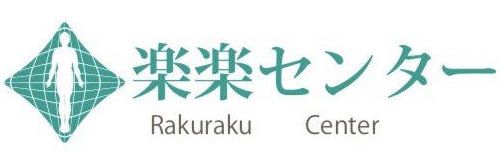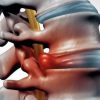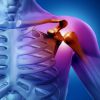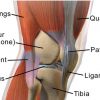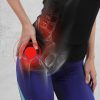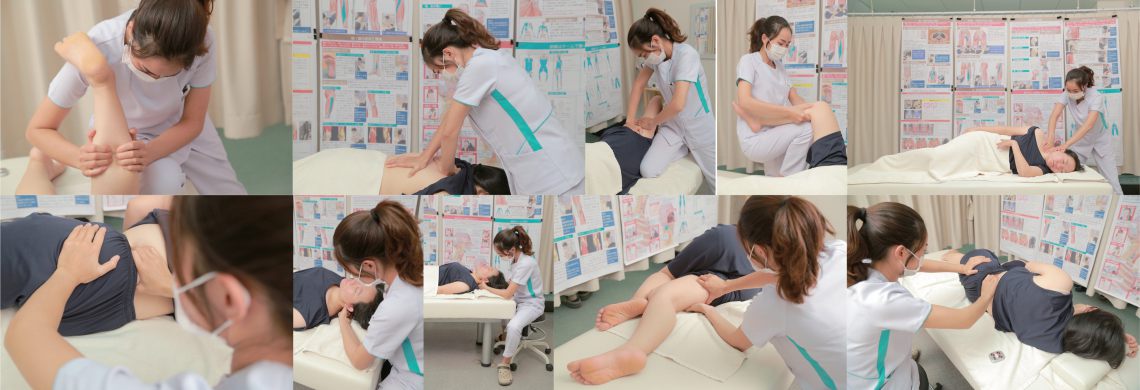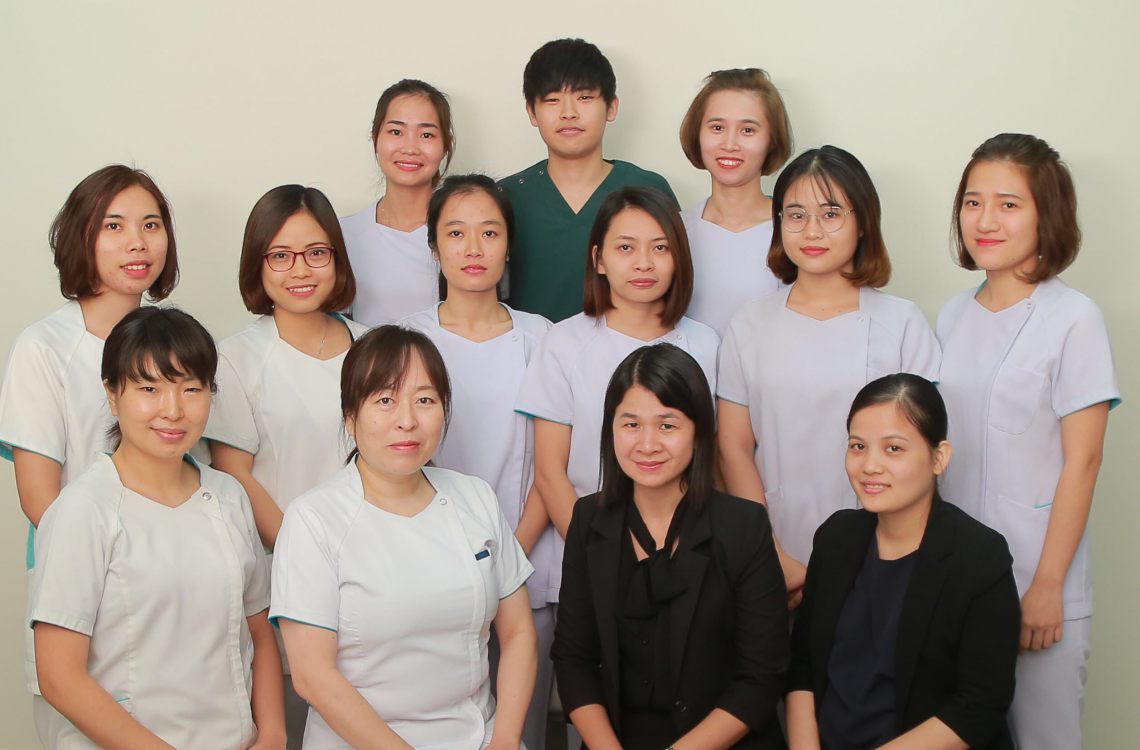Nice to meet you we are RAKURAKU CENTER. We perform therapy to remove the cause of people's symptoms.
1. What is cervical spondylosis?
Cervical spondylosis is a degenerative joint disease that describes a condition in which the spine in the neck is weakened due to many causes. The disease is started by inflammation and calcium deposition on the ligaments around the spine.
1. What is cervical spondylosis?
Cervical spondylosis is a degenerative joint disease that describes a condition in which the spine in the neck is weakened due to many causes. The disease is started by inflammation and calcium deposition on the ligaments around the spine. This phenomenon narrows the junctional foramen located behind the vertebrae, hindering the natural circulation of blood vessels and nerves inside. Then, symptoms of spondylosis appear, causing neck pain, especially when moving, bending, turning or tilting the neck. Currently, the incidence of cervical spondylosis in men and women is equal. This is also a common chronic disease, with slow progression and can degenerate in any vertebra. In which, the segment C5 - C6 - C7 on the spine is the most common.
What is cervical spondylosis? Degenerative cervical spine causes a lot of pain, making it difficult to perform bending, turning or tilting movements.
2. Can cervical spondylosis be cured?
With musculoskeletal diseases such as cervical spondylosis, the ability to fully recover depends on the patient's efforts. If detected early, handled quickly and followed the treatment instructions of the doctor, the disease can be cured quickly. On the contrary, if you are subjective, disregard or arbitrarily apply unproven measures, the risk of complications and serious health effects is very high. Where should cervical spondylosis be examined?
3. Causes of cervical spondylosis Cervical spondylosis comes mainly from the following 5 causes:
3.1. Age From 40 to 50 years old, the natural aging process begins to take place, causing the vertebrae in the neck area to be affected, causing degenerative conditions. Many people believe that age is the only factor that causes cervical spondylosis. However, in the current period, cervical spine pain in young people is progressing silently and tends to increase sharply because of risk factors such as: Inheritance of musculoskeletal diseases from family members. Unscientific activities, inactivity, abuse of stimulants or sleeping in the wrong position (only lying in one or two positions, using inappropriate pillows, not having the habit of transforming). A “poor” diet, lacking in nutrients such as Calcium, Magnesium or Vitamin D. History of injury from a traffic accident, work accident or sports accident.
3.2. Poor postures such as bending over backwards, lifting heavy loads on the head or sitting in front of a computer screen for too long, not only affects the structure of the cervical spine, but also changes the bone tissue. , ligaments and muscles, thereby accelerating the degeneration process. cervical spondylosis caused by sitting in the wrong position Regularly bowing, sitting in the wrong position causes deformation of the spine structure and accelerates the degenerative process
3.3. Bone spurs are formed due to injuries in the joints to strengthen the bones. Bone spurs form over a long period of time and progress silently. Excess bone sometimes presses on tissues, muscles, spinal cord and nerve roots, causing pain.
3.4. Dehydrated disc The disc acts as an elastic cushion between the vertebrae, helping to support the weight of the head and shock shock absorbers. After the age of 30, the gel-like material in the discs begins to dry out. This puts the vertebrae in more contact with each other and can cause pain and stiffness in the neck.
3.5. Fibromyalgia Ligaments connect the bones of the spine together and can become fibrous over time. This is also the cause of affecting neck movement, making the neck area feel tight and less flexible.
If you have symptoms of pain, please contact the RAKU RAKU center by methods below:
Phone number: 02439392525
Facebook: https://www.facebook.com/rakurakuVLTL
Web address: https://rakurakucenter.com/en
We will diagnose and consult when you need!



